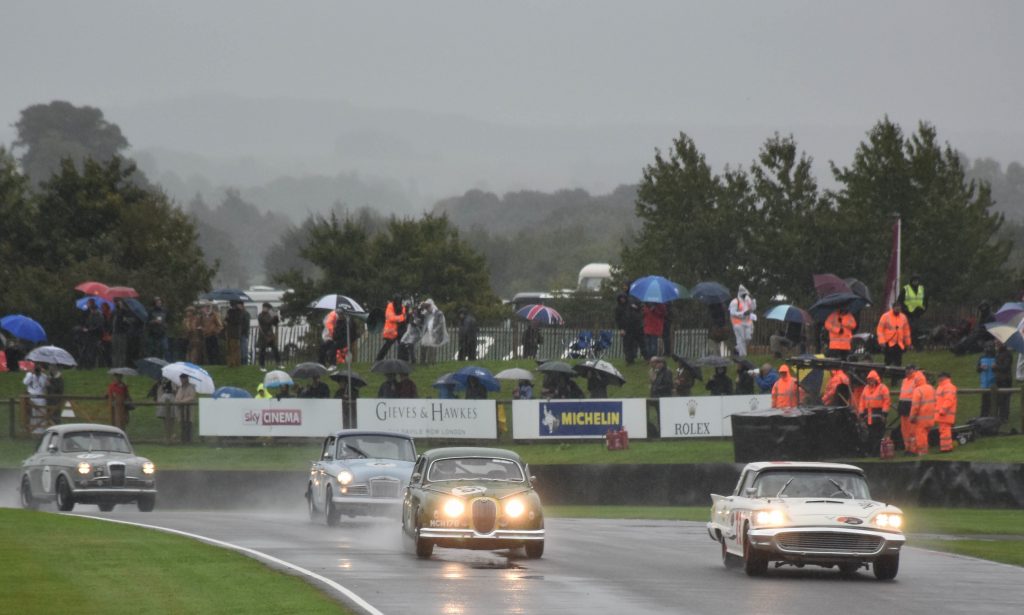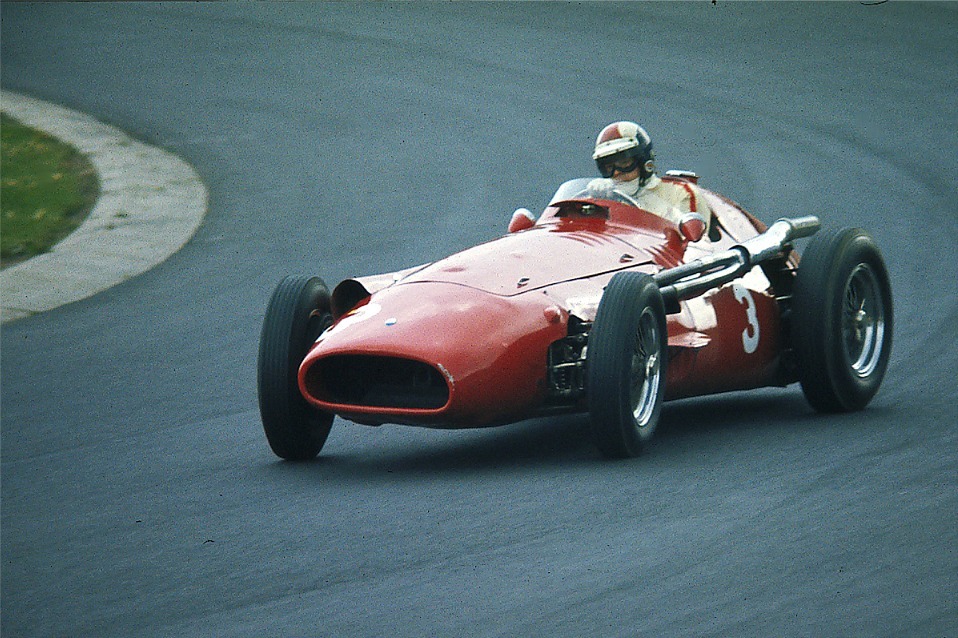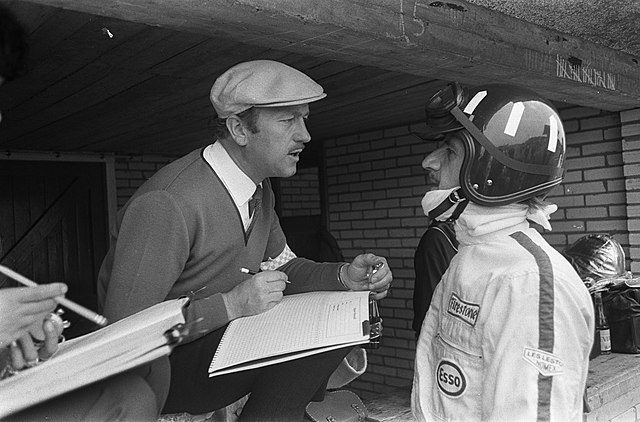WORDS: SAM HANCOCK | PHOTOGRAPHY: WIKIMEDIA COMMONS
It’s surprising how much lap time can be lost to an inadequate chassis set-up – yet in Historic motor sport, the subject doesn’t always receive the attention it deserves.
If a few simple adjustments make a car significantly more comfortable and enjoyable to drive, not only might it be faster and therefore more successful (and thus potentially more valuable), but the propensity for driver error is likely to be reduced and, with it, the quantity of costly or dangerous accidents.
As a driver coach, I’m lucky to jump between dozens of cars season after season. While most are perfectly driveable and could be considered somewhat ‘dialled-in’, some leave mountains of performance on the table through ill handling.

Interestingly, I have noticed that rather than spend a few dedicated test days exploring low-cost (or even zero-cost) set-up adjustments that might easily reduce lap times by several seconds, some owners seem far more inclined to commission expensive engine upgrades – despite the fact that these might yield gains perhaps of only a second at best while potentially compromising reliability.
So, why does this apparent ambivalence to such an economical influence on car performance permeate Historic racing circles in particular? Well, this is after all an amateur-focused environment and, understandably, few owners have sufficient experience to set up their own cars, or to accurately feedback their handling observations to professional preparers who can then make the necessary adjustments.
Generic feedback such as “yep, the car is fine” or “it’s horrible – all over the place!” is common, and can leave preparers scratching their heads as to how to make improvements. If such observations sound familiar, here are a few tips on how you might become a little more constructive.

Start by thinking of corners as one of two types: fast or slow. Then, of those two corner types, consider each in three parts: entry, mid- corner and exit. Next, while driving, try to make a mental note of what you’re feeling through each kind of corner for each of the three sections.
Don’t panic – you needn’t draft War and Peace while trying to keep your car pointing in the right direction. You simply need to ask yourself: “Am I feeling oversteer or understeer?” And if so: “Is it on entry, through the mid-corner or on the exit?” Finally: “Is it mild, moderate or severe?”
A quick side note: if you feel neither oversteer nor understeer, it’s probable that the car is either well balanced in that phase of the corner and no further attention is required, or that you’re simply not carrying enough speed to challenge the available grip and need to pick up the pace.

Upon your return to the paddock, instead of a breathless barrage of four-letter adjectives (“fine”, “good”, “sh*t!”) you can calmly impress your mechanics with far more helpful commentary. For example: “In slow corners I have moderate, mid-corner understeer followed by mild exit oversteer; in fast corners I feel severe understeer throughout.”
In time you might be able to add context by explaining what inputs you’re making while experiencing these characteristics. For the most part, however, an engineer who understands vehicle dynamics will be able to translate your observations into appropriate set-up adjustments.
For example, the mid-corner understeer you were experiencing in slow – and therefore tight – corners? Perhaps the front of the car is a little too stiff and lacks compliance. Softening springs, dampers or the anti-roll bar would all be worthy considerations – and might address that fast-corner understeer issue, too.

As you start experimenting, don’t be afraid of stiffer set-ups. All too often I drive cars that suffer a considerable lack of roll support, and so feel snappy or unpredictable… and occasionally undriveable. Usually, this is the result of a perfectly noble attempt to provide an inexperienced owner with a ‘soft’ and as such ‘friendly’ balance. But just as a very stiff set-up can be unfriendly, so too can one that is too soft. The scale is broad, and the sweet spot is rarely at one end or the other.
A comfortable car tends toward a balance that understeers. This is usually achieved by making the front end comparatively stiffer than the rear, and running the car fairly ‘flat’.
Understeer, however, rarely begets sympathy from the stopwatch, because you’re forever waiting for it to pass before being able to get back on the throttle. So for a quick car, aim to dial out some of the understeer by making the rear a little harder or increasing the rake angle (the relative difference between front and rear ride heights). This will help the car rotate, getting the direction change over and done with sooner.

All adjustments, however, are usually accompanied by a trade- off. What works at one corner might feel worse at another. Therefore it is, I’m afraid, a constant game of compromise that can at times become confusing.
Fortunately the stopwatch never lies. If in doubt, trust its findings over your feelings, and progress should come quickly – and for substantially less than that engine upgrade.




